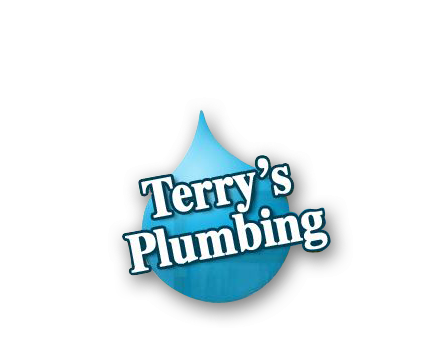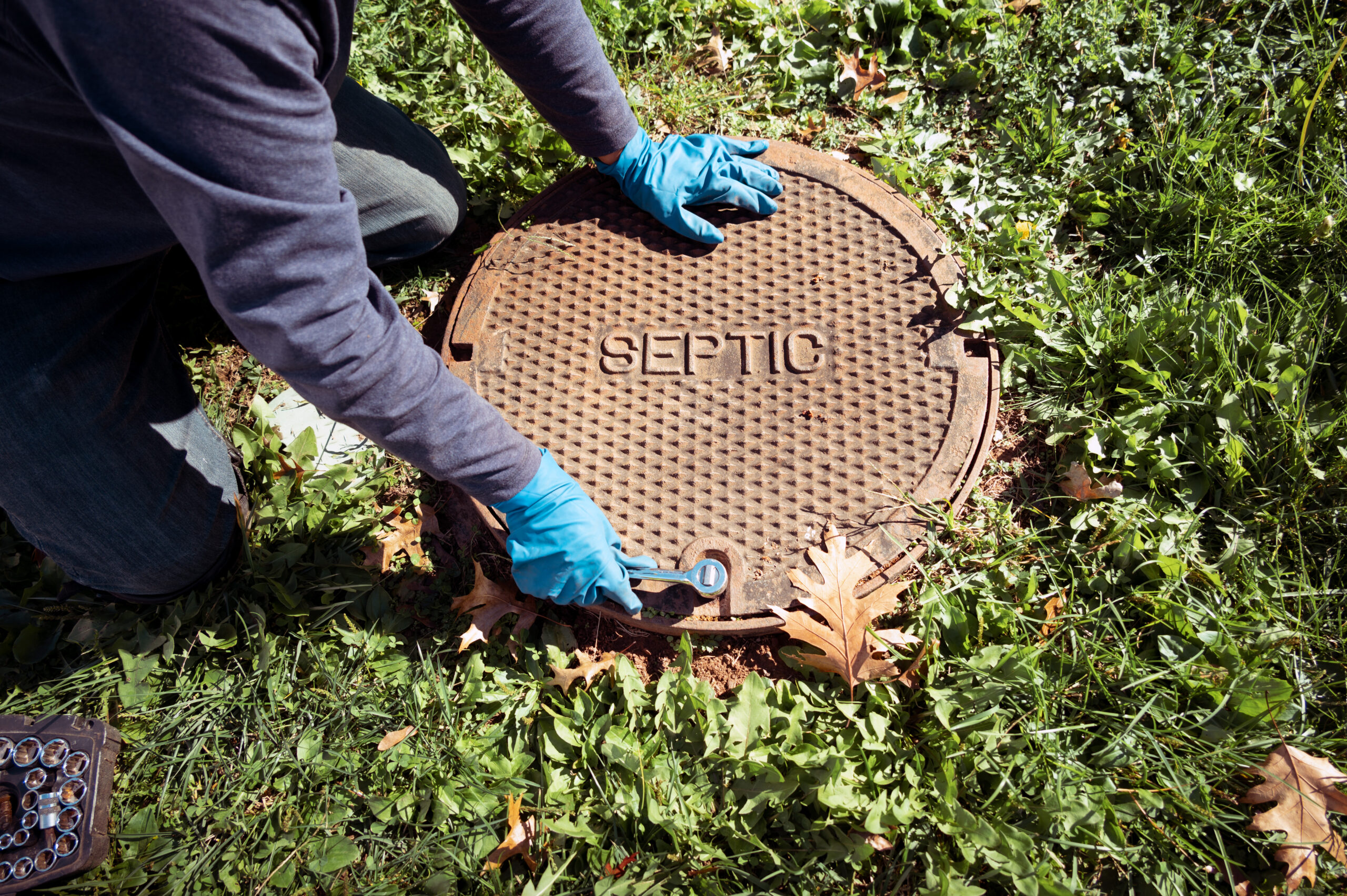 (412) 364-9114
(412) 364-9114

Picture this: you’re planning a beautiful garden expansion or need urgent septic maintenance, but there’s one problem – you have no idea where your septic tank is buried. Don’t worry, you’re not alone! This is one of the most common questions we get at Terry’s Plumbing, especially from new homeowners.
Knowing your septic tank’s location isn’t just helpful – it’s essential for proper maintenance, landscaping decisions, and emergency repairs. Let’s walk through everything you need to know to become a septic tank detective.
Before we start digging (literally), let’s cover the basics. Your septic tank is an underground wastewater treatment system, typically constructed from concrete, fiberglass, or plastic. It’s designed to hold wastewater long enough for solids to settle at the bottom while oils, grease, and gases float to the top.
Most septic tanks are strategically placed near your home’s original construction site, often close to outdoor structures like patios, sheds, or driveways.
If your home isn’t connected to municipal sewage services, your septic tank is working hard behind the scenes to manage all your household wastewater. While these systems are incredibly reliable and cost-effective, they’re not set-and-forget solutions.
The EPA recommends septic tank inspections every three years and pumping every three to five years. Whether you’re dealing with routine maintenance or unexpected issues, knowing your tank’s exact location can save you time, money, and a lot of frustration.
Your neighbors are your best first resource. If you have a septic system, chances are they do too. A friendly conversation over the fence might reveal valuable insights about your tank’s location or at least help narrow your search area.
Before you start probing the ground, dig through your home’s documentation:
Many local offices maintain septic tank maps with property diagrams and dimensions that could pinpoint your tank’s location.
Time for some detective work! Head to your basement and locate the main sewer pipe exiting your home – it’s typically a four-inch diameter pipe. Once you’ve found where it exits your house, head outside to the corresponding wall area.
Using a metal soil probe, carefully trace the pipe’s path by poking small holes in the ground. You’ll feel a distinct difference when your probe hits the flat surface of your septic tank.
Your yard might be giving you hints! Look for these telltale signs:
Make your search more efficient by ruling out unlikely locations:
Once you’ve narrowed down the location, you might need to do some careful digging. Use a soil probe to outline the tank’s perimeter – most residential tanks are roughly 5×7 feet rectangles. Mark the edges, then start digging from the center outward until you locate the access lid.
Pro tip: Unless you’re planning immediate maintenance, there’s no need to fully expose or open the lid – those fumes are definitely not pleasant!
Your septic tank is essentially a holding and treatment facility for all your household wastewater. Without proper maintenance, solids accumulate, bacteria levels can get out of balance, and you might face expensive clogs, backups, or system failures.
Regular pumping removes accumulated sludge and helps maintain the bacterial balance that keeps your system running efficiently.
While the EPA suggests pumping every three to five years, your specific needs depend on several factors:
The best approach? Schedule regular inspections with a professional who can assess your system’s condition and recommend the optimal pumping schedule for your specific situation.
Once you’ve located your septic tank, create a simple map or diagram for future reference. This documentation will be invaluable for:
Keep this information with your other important home maintenance records, and make sure family members know where to find it.
Now that you know how to find your septic tank, don’t let maintenance slide! At Terry’s Plumbing, we’ve been helping homeowners maintain healthy septic systems for years. Our experienced technicians can locate your tank, perform thorough inspections, and keep your system running smoothly.
Don’t wait for problems to find you. Contact Terry’s Plumbing today to schedule your septic system inspection or pumping service. Our team will handle everything professionally and efficiently, giving you peace of mind and protecting your home’s most important hidden system.